JOINT BASE LEWIS-McCHORD, Wash. -- It's not uncommon to hear birdcalls around Joint Base Lewis-McChord's training areas in the early morning - but lately some of them aren't what nature lovers may expect.
Last week, a few of the calls were entirely artificial, created by recorders dangling from tree branches. The sounds were being used to lure Western Bluebirds down to defend their nests.
From there they were captured and relocated as part of an effort to restore the species on San Juan Island off the northern coast of Washington state.
"I think (the project) certainly gives more momentum to conservation," said Gary Slater, director of the Ecostudies Institute.
Five years ago, the Ecostudies Institute, the American Bird Conservancy, the San Juan Audubon Society, the San Juan Preservation Trust and Joint Base Lewis-McChord, or JBLM, partnered to help move about 20 birds a year.
JBLM has been providing the source population of the species.
Now that the project is in its final year, the hope is its impact will go beyond the birds.
"The overall goal is to use the bluebirds as an emblem for oak conservation," Slater said.
Though they are not an endangered species, populations Western Bluebirds have been declining as their habitat disappears.
The cavity-nesting birds need wide areas to nest in that feature plenty of snags and tree hollows where they can live. In Western Washington, they rely on increasingly rare oak prairies. In fact, prairies are among the most rare habitats in the U.S.
The loss these spaces is a threat to multiple local species, but with most of the remaining prairie existing on private lands conservation can be a challenge.
Private landowners have fortunately agreed to host aviaries on San Juan Island. Scientists have relocated about 90 birds from JBLM to the island so far.
In fact, they almost disappeared from JBLM as well. In the early 1980s, there were only a handful of bluebirds left on then Fort Lewis. Nesting boxes were introduced in an effort to preserve them.
Now there are 215 boxes and 200 to 300 birds on the installation.
The population on San Juan Island is increasing, too. Though the birds migrate each year for the winter, last year enough birds returned to produce 84 juveniles.
Scientists estimate that there are approximately 25 to 30 adult birds on the island right now - not all the birds return to nest. But the more birds come back to lay their eggs, the more the island's population will grow.
"I think this species really demonstrates that it's not that hard," JBLM fish and wildlife biologist Jim Lynch said, noting that many avoid reintroduction efforts due to the high rate of failure.
Lynch credits this success in part to the efforts put in by scientists on base.
"We're not just flying by the seat of our pants here," he said. "We're actually scientists. We're actually doing the research because we care about the species."
Though no more bluebirds will be moved from JBLM, scientists will continue to monitor them on San Juan Island.
Related Links:
The Cornell Lab of Ornithology: The Western Bluebird
STAND-TO!: Secretary of the Army Environmental Awards Program
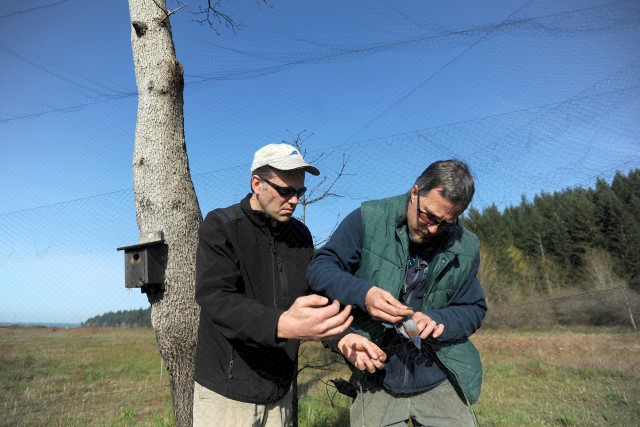
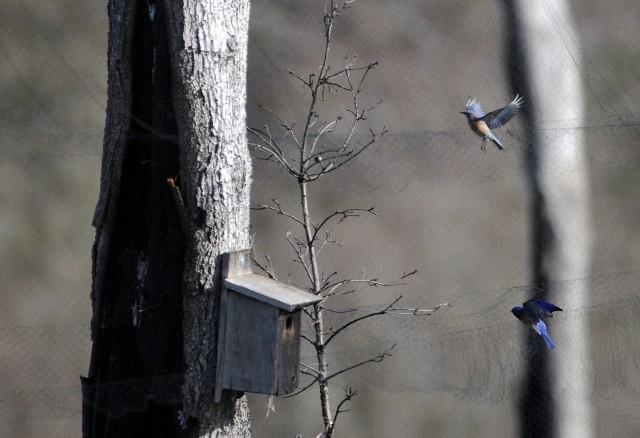
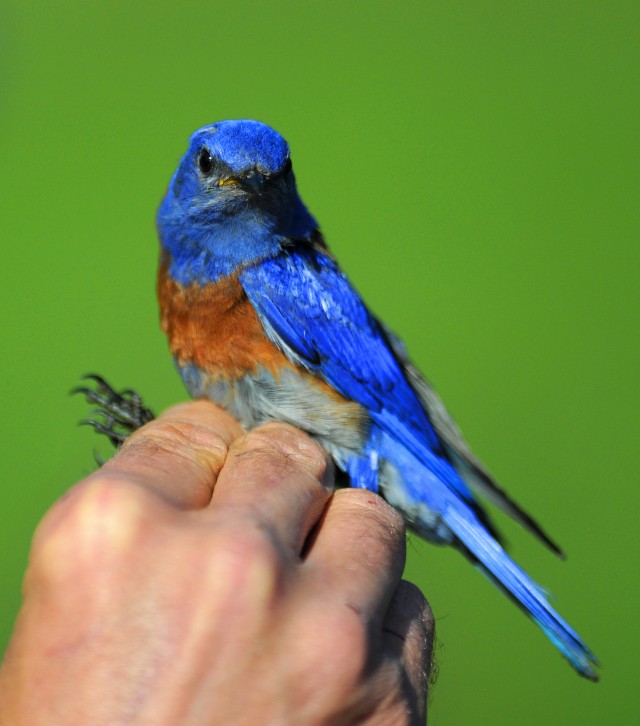
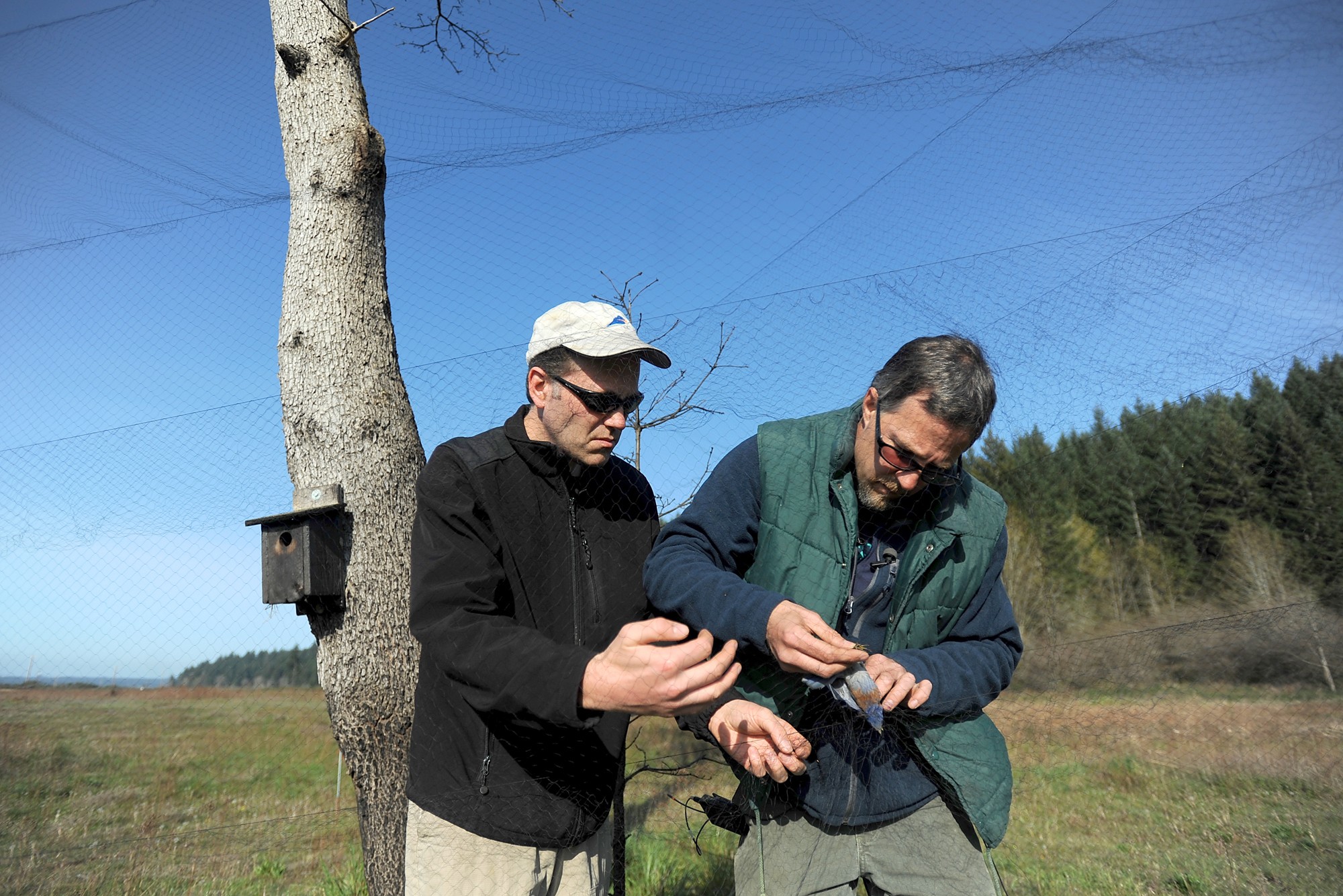
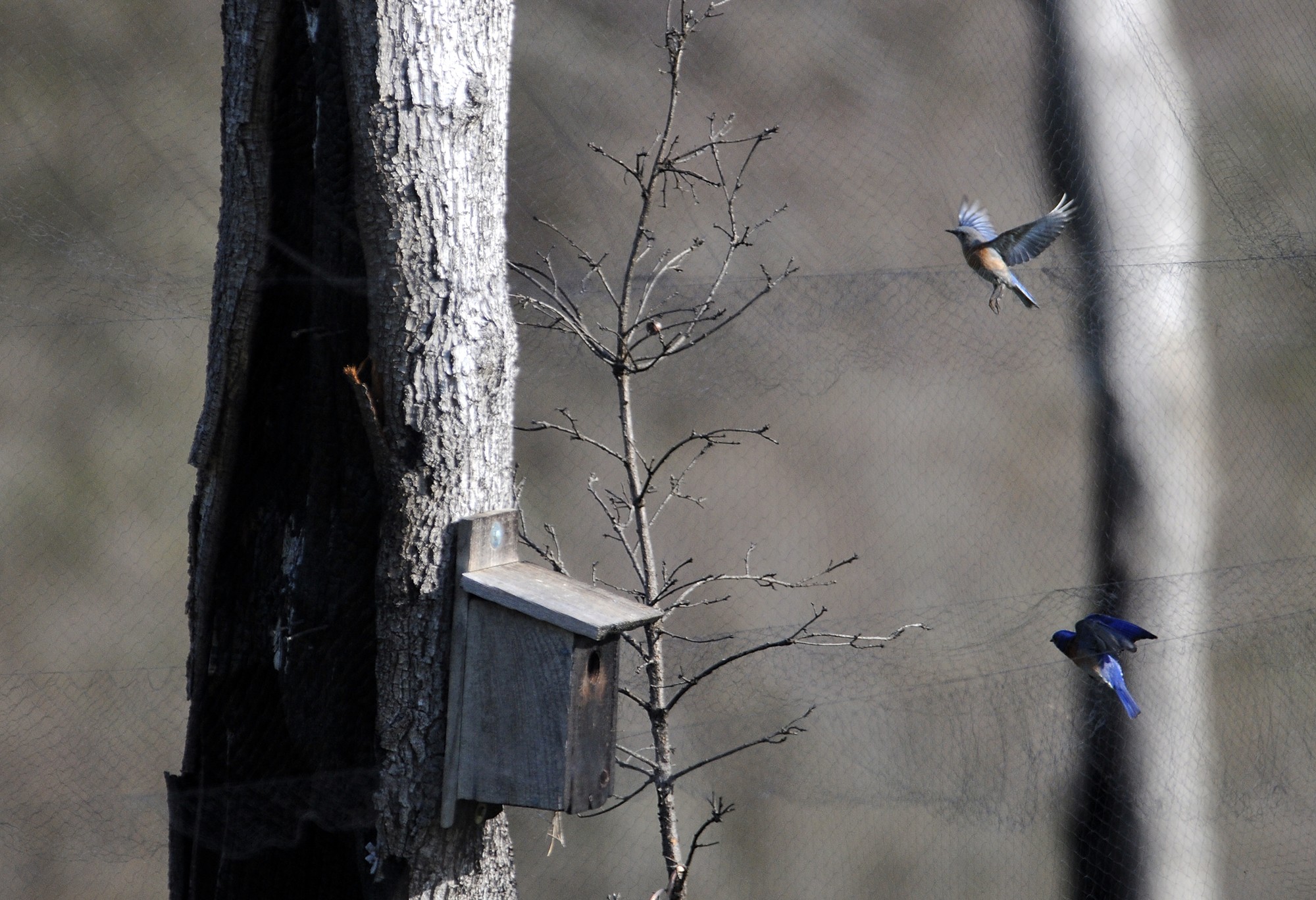
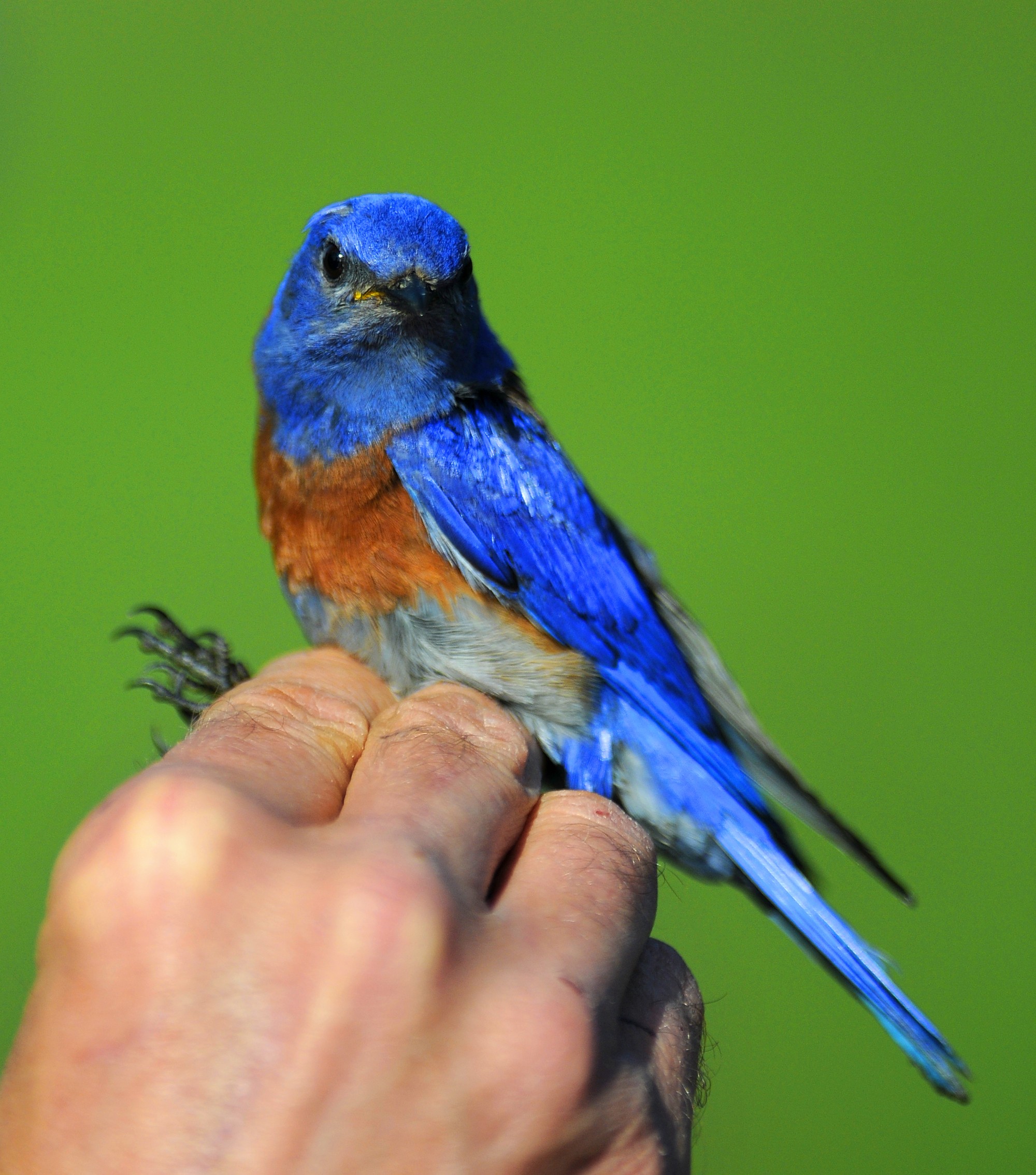
Social Sharing